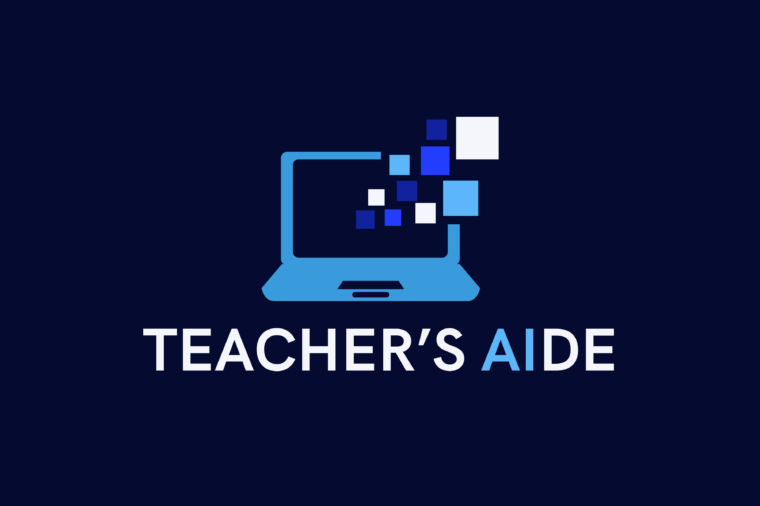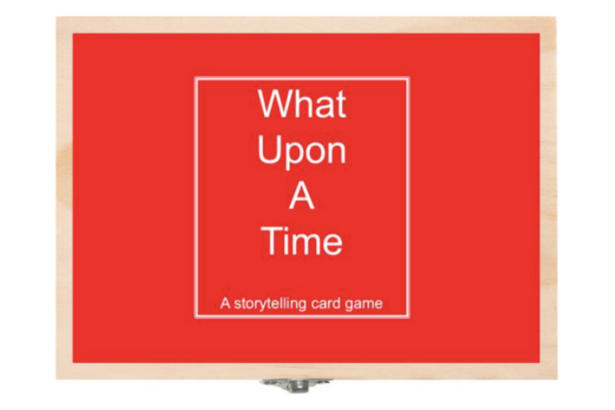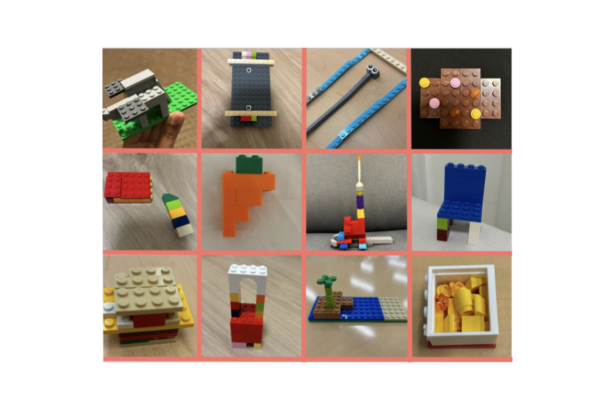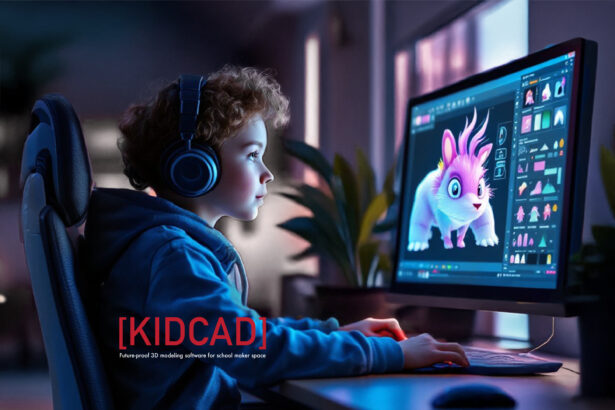There are many existing resources for teachers looking to integrate AI into their classrooms — the problem is how hard it is to find what you need. TEACHER’S AIDE is a digital repository that connects teachers with instructional and professional development materials to help introduce AI to their schools.
Design Background:
My AI in education journey began one year ago. In a conversation with my undergraduate advisor, I shared my own frustrations with using Generative AI effectively. As a Gen Z-er, I’ve always picked up new technologies readily. Part of this is the result of personal experimentation, but it is largely due to formal tech instruction in my schooling, such as computer and typing classes, video editing, and remote learning. AI was the first time I was learning an emergent technology independently, and I was struggling to find resources that helped me improve. I knew that if I was having these frustrations as a student, teachers must also feel similarly. I formulated my problem of practice: how do we equip teachers with AI literacy, so that they can support effective and ethical student AI usage?
I’ve been fortunate to unpack this question in a variety of settings: an independent study on AI in ELA classrooms, an action research project and PD session in my student teaching placement, and an internship on AI guidance in K-12 education. Throughout this work, I find myself compelled by the “why” of it all. Why do we need AI literacy? Why should teachers, students, or anyone care about this? Much of the conversation on AI is reactive, perpetuating that this technology is happening to us and we must prepare ourselves for its ramifications. I view AI literacy as proactive. By having a foundational understanding of how AI works and what it can help us do (and not do), we are in control of how AI shapes the future. TEACHER’S AIDE equips teachers with the resources to build AI literacy at their school, helping educators lead the discussion on AI in education.

Design Journey:
I evaluated a multitude of resources on AI in education using four criteria:
1) Is it beginner-level and user-friendly?
2) Is it targeted toward K-12 education?
3) Does it include use cases (lesson plans, standards, policy guidance, etc) within education?
4) Does it provide information that helps educators teach students about AI or provide PD on AI in education to colleagues and administrators?
I wanted to start with a smaller but thorough collection of AI resources. In other words: dream big, build small. Rather than suggest AI in education tools, such as MagicSchool or Khanmigo, I selected resources that discuss a foundational understanding of AI and its applications and implications in education. These are all introductory-level resources, meaning they provide an overview of AI in education and assume no background knowledge.
Resources can be filtered to help teachers find the appropriate materials. The four categories of filters include form (frameworks, slide decks, curricula, resource guides, and prompt libraries), audience (student vs. teacher-facing), discipline-specific (if the resource directly connects to core subject areas), and ease of access (if the resource requires an account).
Throughout this process, I found myself amazed by the number of resources on AI in education. In the past year alone, there’s been a proliferation of frameworks, resource guides, and think pieces that have come out on how to prepare students to use this technology ethically and responsibly. It can be overwhelming and time-consuming to figure out where to look and what to consider. Through TEACHER’S AIDE, I hope to have made this process more accessible, organized, and understandable to educators.
Credit for logo: ©vectorpanther via Canva.com



